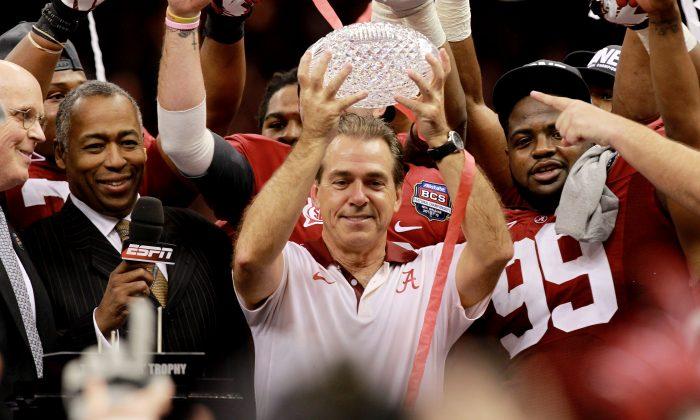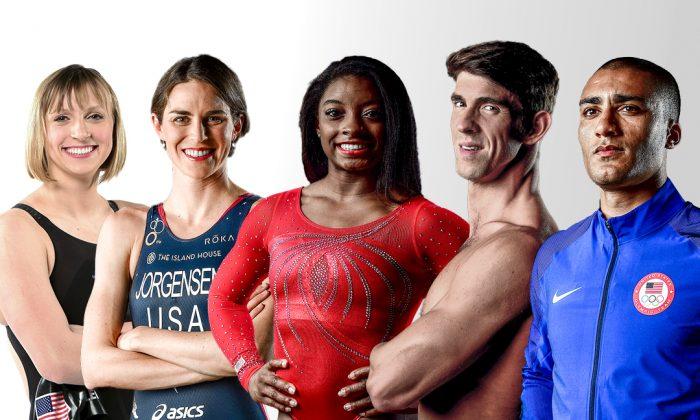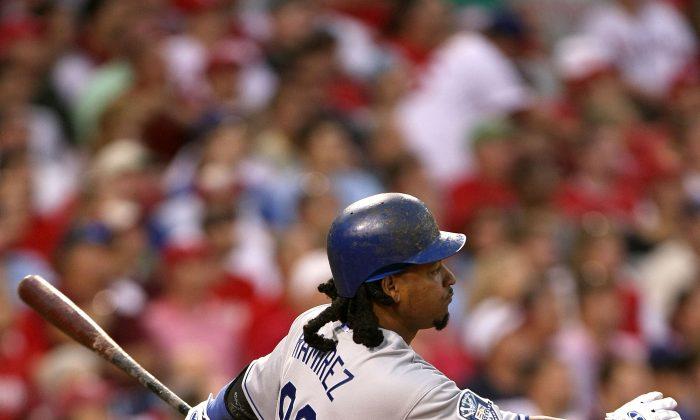Every year the NBA Draft brings top talent into the league—as well as a number of busts. It’s what makes draft night so exciting. Not every player is going to be an All-Star, and even some of those taken at the top of the draft have famously gone bust.
Although it seems like some of the NBA’s best talent evaluators (like Jerry West) have eyes into the future, there are usually some warning signs that a player isn’t what he seems.
Height Is Overrated
The No. 1 cause of draft busts is the myth of how much height matters. It does matter, but not more than ability.
A look back at some of the biggest draft busts ever reveals that a number of them were teams reaching for the next great center. Think the 7-foot-3 Hasheem Thabeet (second overall in 2009), the 7-foot Michael Olowokandi (first overall in 1999), fellow 7-footer Darko Milicic (second overall in 2003), and even the infamous 7-foot-1-inch Sam Bowie (second overall in 1984)—they were among some big men with potential that never quite panned out.
Height certainly helps, but it isn’t everything.
One of the greatest centers of all time, Hakeem Olajuwon, was considered slightly undersized at 6-foot-10. Yet the former MVP is still the league’s career leader in blocked shots.
There are plenty of exceptions at other positions as well.
Golden State’s power forward Draymond Green is only 6-foot-7—a big reason he wasn’t picked until the second round in 2012—yet the Warriors have even had him guard 7-foot centers because he’s so physical on defense.
Dennis Rodman is 6-foot-7 as well, yet the former two-time Defensive Player of the Year led the NBA in rebounding seven times.
Individual Workouts Can Be Misleading
Any time a player’s stock goes up after the season because of individual workouts, it’s a major red flag.
Basketball is a team game.
If they star at a pre-draft camp in five-on-five play, then that’s fine. But measuring height, weight, vertical leap, as well as how they look in shooting the ball with no one guarding them, is useless.
Teams not only need to see if players can guard or score in one-on-one situations, but also whether they know how to rotate on defense, fight through screens, set screens themselves, pass out of the double-team, and so forth.
Doesn’t Matter Where You Came From
Reigning MVP Stephen Curry is from Davidson, which didn’t even make the NCAA tournament in his final year. Paul George went to Fresno State, Steve Nash went to Santa Clara, and Dwyane Wade went to Marquette back when the Golden Eagles were a member of Conference USA.
Even Scottie Pippen starred at Central Arkansas—the only NBA player from the NAIA school.
Meanwhile, powerhouse Kansas has had 21 players drafted into the league since their last All-Star—Paul Pierce—was drafted back in 1998.





